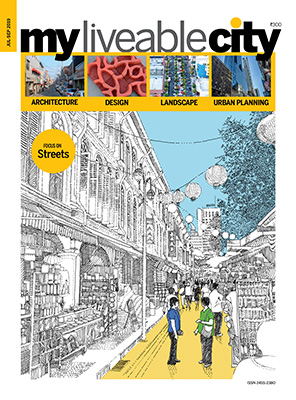SynopsisContent Page
Streets are not just conduits for vehicles, but wonderful outdoor rooms for all. That said, we all perceive, engage with, and envision streets as much from our individual expertise as our concerns and biases. Urban designers see streets as open-to-sky places that deserve as much design care, attention and detail as a building. Their optimism is based on the noble assumption that making a delightful street will foster great public life for all. Sociologists draw our attention to how formal street design exacerbates various guises of inequality hardly limited to vendors, the homeless and the poor. Landscape architects see the potential of the street as an ecological catalyst for repairing tortured nature, reducing urban temperatures, harvesting water, and creating habitats for flora and fauna. Economists in turn see street design as a strategic financial investment that can yield not only great social life, but also lucrative economic returns. None of these positions are complete in themselves, but they are certainly interconnected, and even interdependent, and they underscore how for all the well-intentioned rhetoric that surrounds us today, there is no such thing as a 'Complete Street'.
This issue brings together geographically and topically diverse perspectives on streets to expand our understanding and challenge our preconceptions of what streets are and what in turn they can be. A must-read for anyone interested in the complexities of and ideas for sustainable urbanisation.


